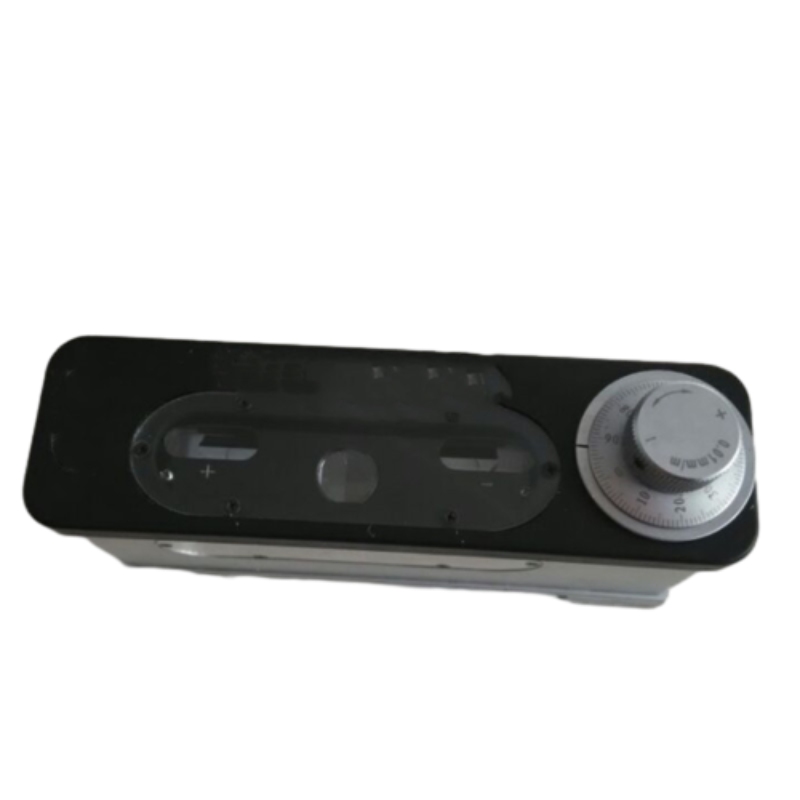Optical Composite Image Level
Paglalarawan ng Produkto
- 1.Aplikasyon
Ang optical composite image level ay malawakang ginagamit sa pagsukat ng gradients ng flat surface at cylindrical surface sa pahalang na direksyon; Ang eroplano at tuwid ng slideway o base ng machine tool o optical mechanical instrument pati na rin ang kawastuhan ng pag-install ng posisyon ng kagamitan.
- 2. Teknikal na datos
(1) bawat halaga ng pagtatapos: ...0.01mm/m
(2) max na saklaw ng pagsukat: ...0~10mm/m
(3) allowance: ...1mm/sa loob ng isang metro... 0.01mm/m
Sa loob ng buong saklaw ng pagsukat...0.02mm/m
(4) paglihis ng eroplano sa gumaganang ibabaw...0.0003mm/m
(5) bawat halaga ng pagtatapos ng antas ng espiritu...0.1mm/m
(6) working surface (LW): ...165 48mm
(7) netong timbang ng instrumento: ...2kgs.
- 3. Istraktura ng instrumento:
Ang pinagsama-samang antas ng imahe ay pangunahing binubuo ng mga sumusunod na bahagi tulad ng micro adjusting screw, nut, graduated disc, spirit level, prism, magnifying glass, lever pati na rin ang base na may plain at v working surface.
- 4. Prinsipyo ng pagtatrabaho:
Ang composite na antas ng imahe ay gumagamit ng prism upang makuha ang mga air bubble na imahe sa spirit level composite at pinalaki upang mapahusay ang katumpakan ng pagbabasa at gumagamit ng lever at micro screw transmitting system upang mapahusay ang sensibilidad sa pagbabasa. Samakatuwid kung ang work piece na may gradient na 0.01mm/m, maaari itong tumpak na basahin sa composite image level (ang spirit level sa composite image level ay pangunahing gumaganap sa papel na nagpapahiwatig ng zero).
- 5. Paraan ng pagpapatakbo:
Ilagay ang pinagsama-samang antas ng imahe sa gumaganang ibabaw ng pagsukat na piraso ng trabaho at ang gradient ng pagsukat na workpiece ay nagiging sanhi ng hindi pagkakatugma ng mga imahe ng tow air bubble; I-rotate ang graduated disc hanggang sa magkasabay ang tow air bubble na mga imahe at agad na makuha ang pagbabasa. Ang aktwal na gradient ng pagsukat ng workpiece ay maaaring kalkulahin sa pamamagitan ng sumusunod na formula:
Aktwal na gradient=gradient value ng Fulcrum distance Pagbabasa ng disc
Halimbawa ng Fox: Pagbabasa ng disc: 5 gradients; Dahil ang pinagsama-samang antas ng imahe na ito ay foxed sa kanyang gradient value at fulcrum na distansya, iyon ay gradient value: 0.01mm/m at fulcrum distance: 165mm.
Kaya: Aktwal na gradient=165mm 5 0.01/1000=0.00825mm
- 6. Paunawa sa operasyon:
(1) bago gamitin, linisin ang alikabok ng langis gamit ang gasolina at pagkatapos ay linisin gamit ang absorbent gauze.
(2) Ang pagbabago ng temperatura ay may malaking impluwensya sa instrumento at samakatuwid ay dapat itong ihiwalay sa pinagmumulan ng init upang maiwasan ang pagkakamali.
(3) Sa panahon ng pagsukat, i-rotate ang graduated disc hanggang ang mga tow air bubble na imahe ay ganap na magkasabay at pagkatapos ay ang mga pagbabasa sa parehong positibo at negatibong direksyon ay maaaring kunin.
(4) If the instrument is found with in correct zero position, it may be adjusted; Put the instrument on a stable table and rotate the graduated disc to set the tow air bubble images coincide to get first reading a; Then turn the instrument by 180o and put back to its original place. Ra-rotate the graduated disc to get the tow air bubbles coincide to get the second reading b. So 1/2 (α +β ) is the zero deviation of the instrument. Loosen the three supporting screws on the graduated disc and press lightly by hand the embossed adjusting cap; Rotate the disc by 1/2 (α +β) to get the zero deviation and the point line composite; At last fasten the screws.
(5) Pagkatapos ng trabaho, ang gumaganang ibabaw ng instrumento ay dapat na malinis at pinahiran ng acid free, anhydrous, antirust oil at antirust na papel; Ilagay ito sa kahon na gawa sa kahoy at pagkatapos ay iimbak ito sa isang malinis na tuyong lugar.
Hot Tags: Optical Composite Image Level Optical Composite Image Level suppliers China Optical Composite Image Level Optical Composite Image Level factory stable Optical Composite Image Level
Parameter ng Produkto
Mga teknikal na parameter
- Plate value dial 0.01 mm/m
- Saklaw ng pagsukat 0-10 millimeters/meter
- Parent-child error within ± 1mm/m+0.01 mm/m
- The parental error within the entire measurement range is ± 0. 02 millimeters/meter
- Bench flatness deviation ng 0.003mm
- Pamantayan ng akumulasyon ng halaga ng cell 0.1 millimeters/meter
- Laki ng desk ng opisina 165 x 48 millimeters
- Net timbang 2.2 kilo
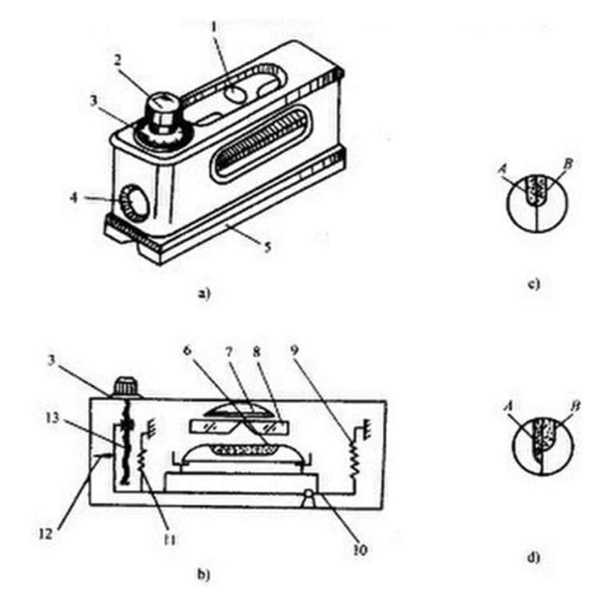
Optical Composite Image Level Maintenance: Antirust Oil & Storage Tips
Proper maintenance ensures your optical composite image level retains its 0.01mm/m precision and durability. Follow these steps to protect its prism technology and mechanical components:
1. Daily Cleaning for Surface Protection
After use, wipe working surfaces (V-groove, edges, lenses) with isopropyl alcohol on a lint-free cloth to remove oils and dust. Use a soft brush for stubborn debris—never abrasives, which can scratch optical parts or damage metal coatings. This preserves the precision ground surfaces (Ra ≤ 0.1μm) critical for accurate readings.
2. Routine Antirust Care for Metal Parts
While the granite base resists corrosion, metal components (screws, levers, hinges) need protection. Apply Storaen’s non-acidic anti-rust oil every 3 months or after moisture exposure:
Apply thinly to threads and pivots with a dropper, avoiding pooling on granite/lenses.
Prevents seizing: Maintains lever mechanism sensitivity (0.001mm precision) for cylindrical slope measurements.
3. Optimal Storage Practices
Store in the included hard case or a dry cabinet to avoid temperature/humidity damage:
Environment: 10°C–30°C, <60% humidity to prevent lens condensation and optical distortion.
Positioning: Lay flat or upright in padded slots; never under heavy objects to avoid misaligning the optical system.
Long-term storage: Reapply anti-rust oil and add a silica packet; inspect 24 hours before use, verifying zero position via 180° rotation calibration.
4. Monthly Functional Inspections
Check performance regularly to ensure reliability:
Bubble clarity: Confirm the composite bubble image aligns smoothly without blur.
Lever movement: Test micro-screws for smooth rotation—stiffness signals needed lubrication.
Flatness check: Use a reference plate to validate factory-calibrated flatness (±0.0003mm/m).
5. Storaen’s Support for Longevity
Leverage our expert services to maintain peak performance:
Factory recalibration: Restores 0.01mm/m precision via ISO-certified equipment for critical applications.
Genuine parts: Replacement components ensure compatibility and preserve original accuracy.
By following these steps, your Storaen optical composite image level will deliver consistent precision for industrial alignment tasks, backed by our 30+ years of engineering expertise.
Zero Position Calibration of Optical Composite Image Level: 180° Rotation Method Explained
Accurate zero calibration is vital for your Storaen optical composite image level to maintain its 0.01mm/m precision and ±0.0003mm/m flatness. The 180° rotation method eliminates subtle optical or mechanical shifts, ensuring reliable measurements in critical tasks like CNC machine alignment or aerospace component inspection. Here’s a streamlined, step-by-step guide:
1. Why Calibrate?
Impacts, vibrations, or temperature fluctuations can shift the level’s zero reference, leading to measurement drift. Calibration realigns the bubble vial with the tool’s optical prism and lever system, ensuring consistent baselines for industrial applications where 0.001mm deviations are unacceptable—such as verifying machine tool guides or structural frameworks.
2. Setup Requirements
Storaen optical composite image level (featuring a V-grooved base and micro-adjusting screw)
Certified precision reference flat (e.g., our Storaen granite surface plate, with flatness ≤0.0002mm/m)
A clean, vibration-free workbench in a temperature-stabilized environment (18°C–22°C recommended)
3. Step 1: Initial Measurement
Place the level lengthwise on the reference flat, aligning the V-grooved base with the flat’s central axis. Rotate the micro-adjusting screw until the composite bubble image—created by the 45° prism system—perfectly overlaps in the viewfinder. Record this initial scale reading (A), which reflects the current deviation from true zero.
4. Step 2: 180° Rotation & Second Reading
Carefully flip the level 180° end-to-end while maintaining its longitudinal orientation on the flat (avoid any lateral movement). Adjust the micro-screw again to align the bubble image and record the new reading (B). The difference Δ = |A - B| indicates zero position error; ideal values for Storaen levels should be ≤0.005mm/m.
5. Step 3: Error Correction & Verification
Calculate the target zero position as the midpoint: C = (A + B)/2. Loosen the protective cap on the zero-adjustment screw (typically located near the bubble vial), rotate the screw until the scale reads C, then retighten. Repeat Steps 3–4 until Δ ≤0.002mm/m, ensuring minimal residual error.
6. Pro Tips for Precision
Triple-Check Consistency: Perform 3 calibration cycles, especially after transporting the level or working in environments with temperature swings, to ensure repeatable results.
Lubricate Moving Parts: Apply a drop of Storaen’s non-acidic oil to the micro-screw before adjustment to ensure smooth, backlash-free operation and prevent binding.
Environmental Control: Avoid calibrating near heat sources or drafts, as even minor temperature gradients can affect the granite base’s dimensional stability and introduce errors.
7. Storaen’s Calibration Support
Every Storaen optical composite image level includes a NIST-traceable calibration certificate, but quarterly in-field checks are recommended for heavy use. Our support includes:
Factory Recalibration: Restoring original 0.01mm/m accuracy using laser interferometers for high-stakes applications.
Genuine Spare Parts: Readily available adjustment screws and maintenance kits for long-term usability.
Video Tutorials & Expert Guidance: Step-by-step videos and engineer support to assist with on-site calibration procedures.
Final Notes
Mastering the 180° rotation method ensures your Storaen optical composite image level delivers the precision required for cylindrical slope measurements, machine tool flatness checks, and other critical alignments. With proper calibration, this tool, backed by our 30+ years of engineering expertise, becomes an indispensable asset in your quality control workflow, ensuring every measurement is as reliable as the first.
Kaugnay MGA PRODUKTO
KAUGNAY NA BALITA
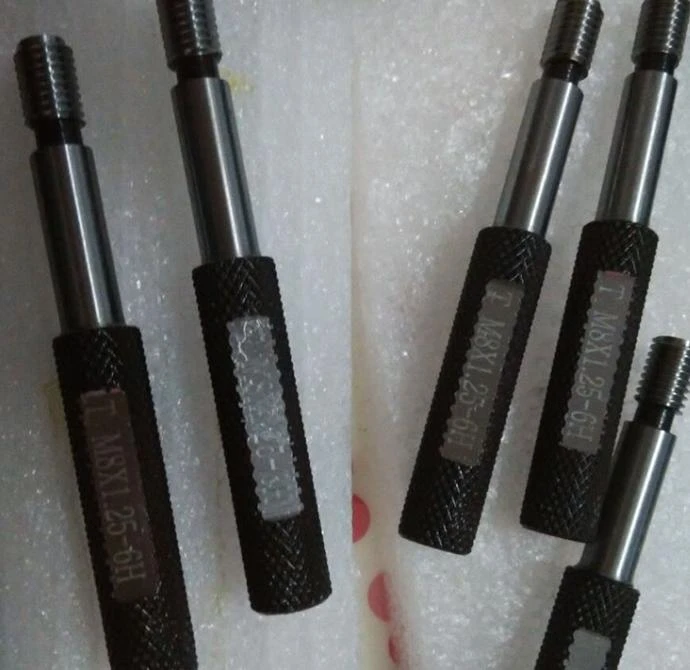
Thread Plug Gauge Requires Careful Handling
In the world of manufacturing and engineering, precision is non-negotiable—especially when it comes to threads, which are critical components in machinery, construction, and everyday products.
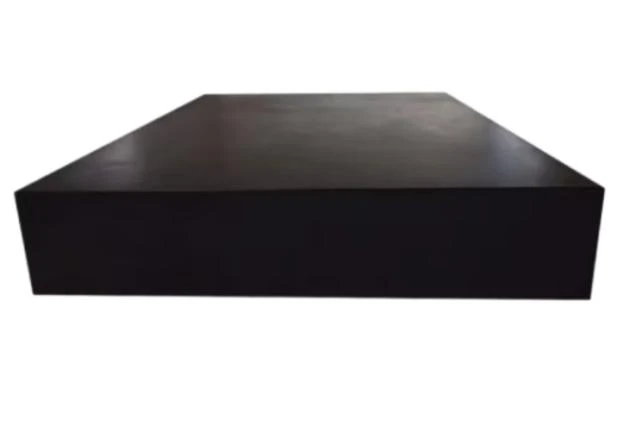
Surface plate calibration
In today's world, where precision and accuracy are crucial in various industries, the use of granite inspection tables and granite surface plates has become increasingly popular.
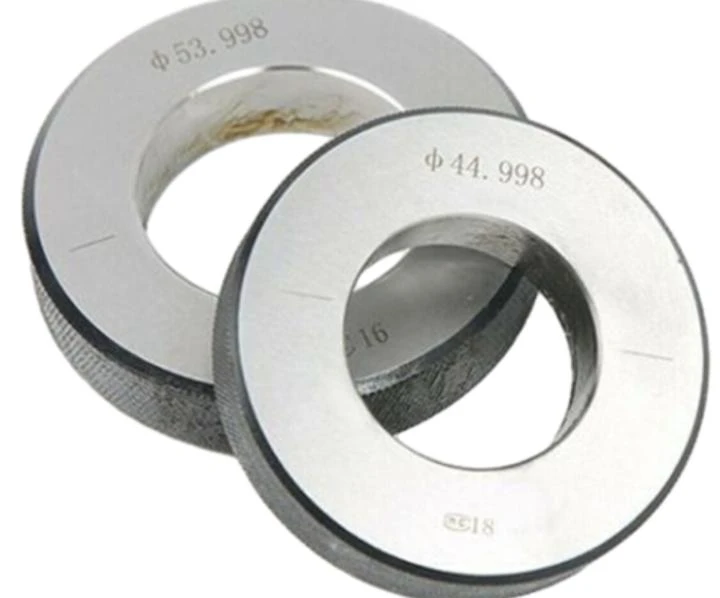
Ring Gauge Ensures Machining Accuracy
In the world of precision engineering, manufacturing, and quality control, accuracy is the cornerstone of reliability.




